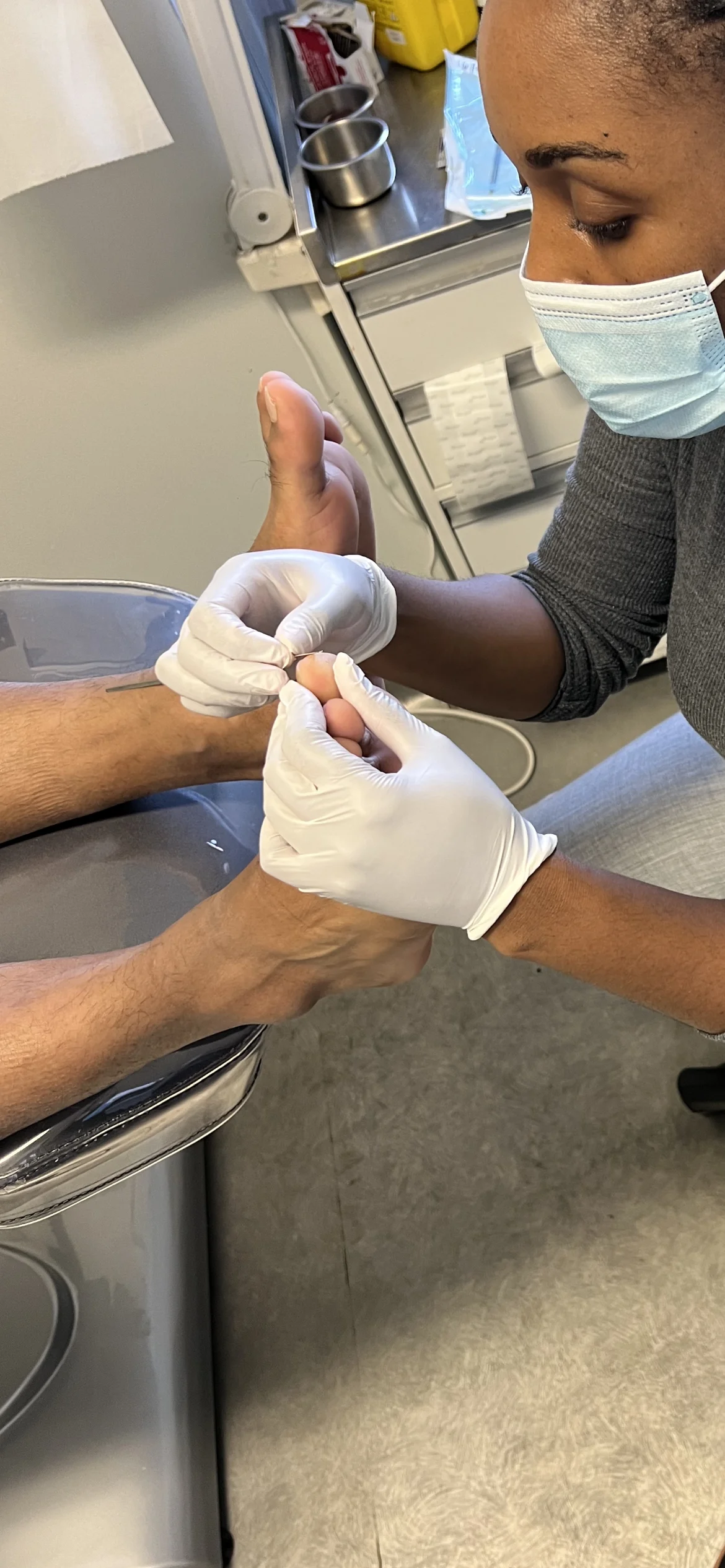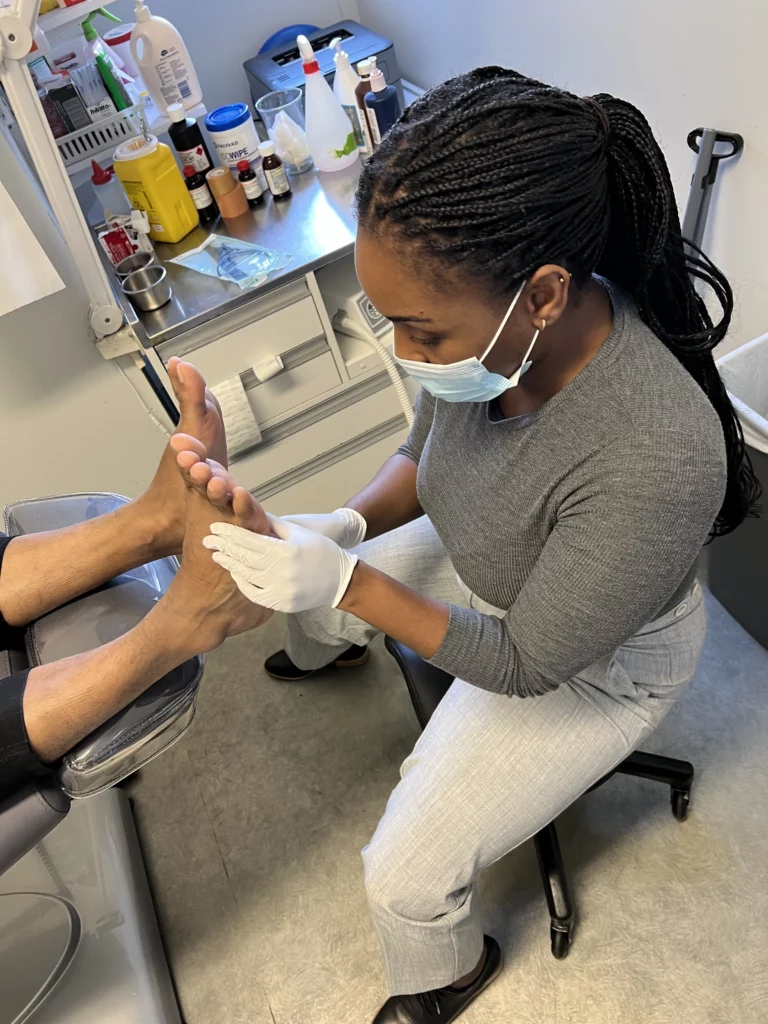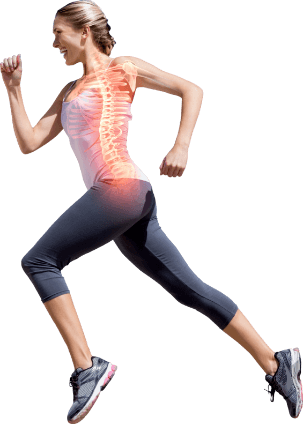Corn Removal

Corn removal is a common treatment for those suffering from corns on their feet or toes. Corns are hardened, thickened areas of skin that develop as a result of pressure or friction that podiatrists can treat. They can be painful, especially when they rub against footwear, and can be an annoyance in everyday life. In this blog, we will discuss the treatment, procedure, cost and side effects of corn removal.
Corn Treatment
Corns can be treated in a number of ways. Some of the most common methods include:
- Over-the-counter (OTC) treatments: There are several OTC treatments available that can help soften and remove corns. These treatments typically contain salicylic acid and come in the form of pads or liquids that are applied directly to the affected area.
- Home remedies: There are several home remedies that can be used to treat corns. Some of these include soaking the affected area in warm water and using pumice stone to gently rub the corn away.
- Medical treatments: In cases where OTC treatments and home remedies do not work, medical treatments may be necessary. These treatments may include:
- Prescription-strength salicylic acid
- Freezing the corn with liquid nitrogen
- Surgical
When to See a Podiatrist for a Corn?
While OTC treatments and home remedies can be effective for some people, there are cases where it is best to seek professional medical help. You should consider seeing a podiatrist for corn removal if:
- The corn is causing severe pain or discomfort.
- The corn is located on a sensitive area, such as the bottom of the foot.
- The corn has become infected.
- You have diabetes or another condition that affects circulation, which can increase the risk of complications.
Corn Removal Procedure

If you choose to have corns removed by a medical professional like a podiatrist, the procedure will typically involve the following steps:
- Anesthetising the area: Before any removal procedure is performed, the area around the corn may be anesthetised with a local anesthetic if needed. This will help to minimise any pain or discomfort during the procedure.
- Removal of the corn: Once the area is numb, the corn will be removed. This may be done by cutting it away with a scalpel or by using a laser.
- Wound care: After the corn is removed, the wound will be cleaned and bandaged. It is important to keep the area clean and dry to prevent infection.
Aftercare of Corn Removal
After corn removal, it is important to follow your podiatrist's instructions for aftercare to promote healing and prevent infection. Some tips may include:
- Keep the area clean and dry.
- Avoid putting pressure on the area, such as by wearing tight shoes.
- Change bandages regularly and apply antibiotic ointment as directed.
- Take any prescribed pain medication as directed.
- Follow up with your podiatrist as recommended to monitor the healing process.
Cost of Removal of Corns
The cost of removal will depend on the type of treatment chosen and whether it is done at home or by a medical professional. OTC treatments typically cost between $5 and $20, while medical treatments can range from $100 to $200 or more.
Side Effects of Removing Corns
As with any medical procedure, there are potential side effects of corn removal. These may include:
- Pain and discomfort
- Swelling and redness
- Infection
- Scarring
It is important to follow all post-procedure care instructions to minimise the risk of complications.
In conclusion, corn removal is a common treatment for those suffering from corns on their feet or toes. There are several treatment options available, including OTC treatments, home remedies, and medical treatments. The cost of corn removal will depend on the type of treatment chosen, and there are potential side effects to be aware of. If you are considering corn removal, it is important to speak with a podiatrist to determine the best course of action for your individual needs.
Preventing Corns
Prevention is key when it comes to corns. Here are some tips to help prevent them from developing:
- Wear properly fitting shoes with good arch support.
- Use cushioned insoles or orthotics to help distribute pressure evenly across the foot.
- Avoid wearing high heels or shoes with pointed toes for long periods of time.
- Keep your feet clean and dry, and use moisturizer regularly to prevent dry skin.
- Wear socks made of breathable materials to prevent excess moisture from building up.








